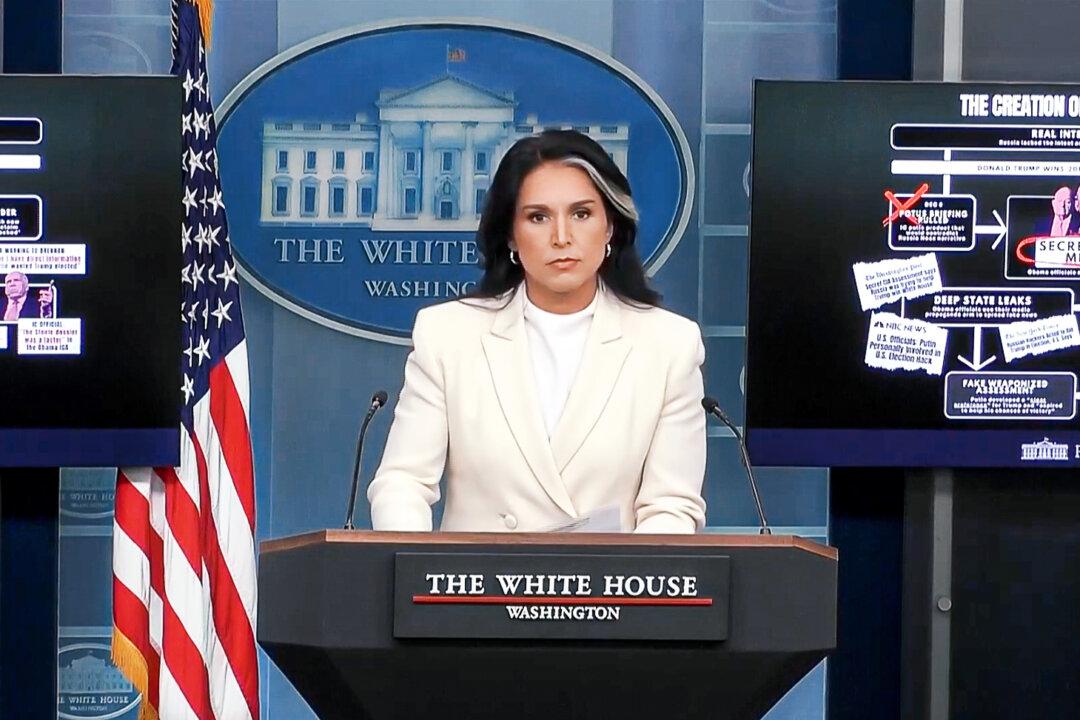The number of Americans receiving food-stamp benefits dropped to a six-year low during President Donald Trump’s first year in office, reflecting a healthy jobs market and an improving economy, according to an annual report by the U.S. Department of Agriculture.
On average, 42.2 million Americans received food stamps in 2017, down 11 percent from 2013, when food-stamp usage reached record levels. From 2000 to 2013, food stamp participation grew every year except 2007.





